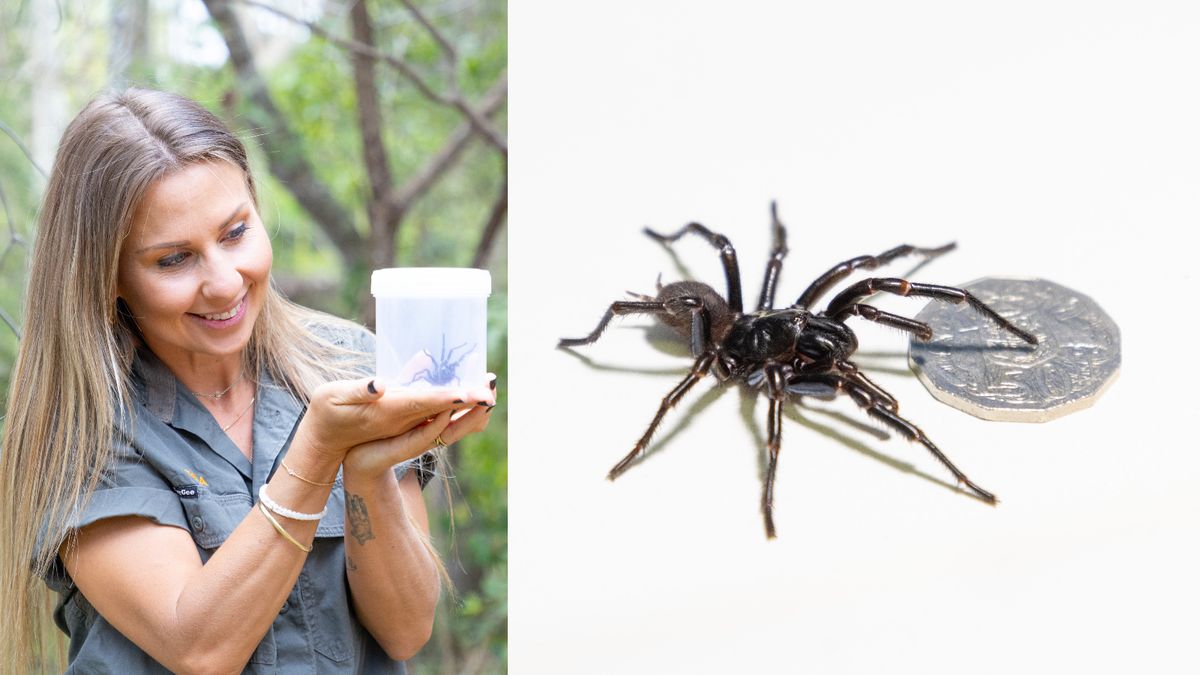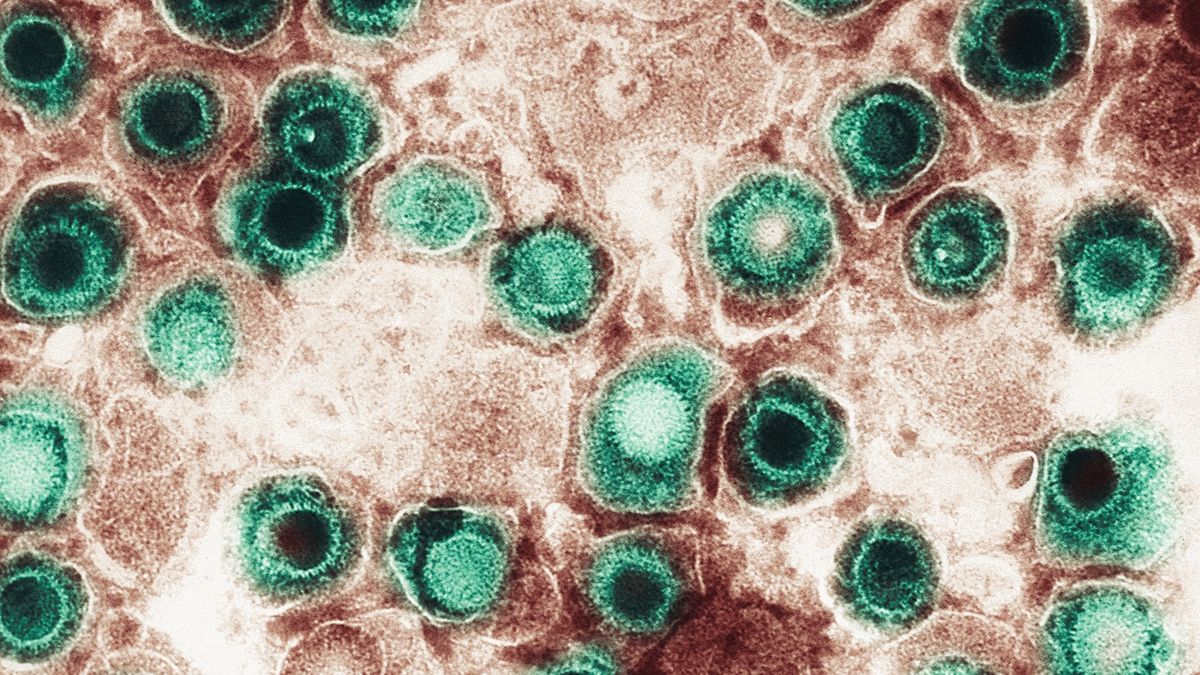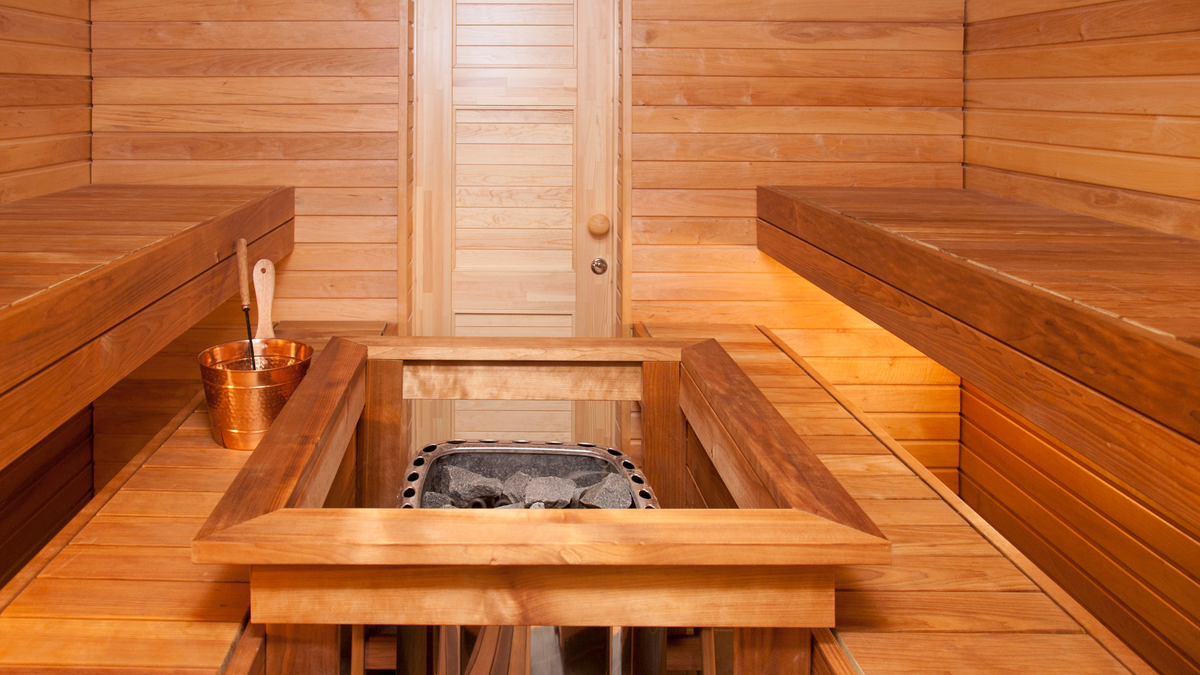The biggest male funnel-web spider ever recorded — a deadly behemoth measuring 3.6 inches (9.2 centimeters) from foot to foot — has been handed into a zoo in Australia. The spider is so large, its fangs could pierce and deliver their lethal venom through a human fingernail, zoo keepers said.
Sydney funnel-web spiders (Atrax robustus) are some of the most venomous spiders in the world. If untreated, a single bite can kill a small child within 15 minutes and an adult within three days.
A member of the public caught and donated the giant arachnid to the Australian Reptile Park in Somersby, New South Wales. The zoo encourages donations to support its spider venom program, which produces life-saving antivenom against Sydney funnel-web spider and other spider bites.
Emma Teni, the spider keeper at the Australian Reptile Park, named the giant spider “Hemsworth” after the Australian actors Luke, Chris and Liam Hemsworth. Before Hemsworth, the record for the biggest male funnel-web spider belonged to a 3.1-inch (7.9 cm) arachnid called Hercules.
“We’re used to having pretty big funnel-web spiders donated to the park, but receiving a male funnel-web this big is like hitting the jackpot,” Teni said in a statement shared with Live Science.
Related: Drug inspired by spider venom aims to reverse heart attack damage
Male funnel-web spiders are typically smaller than females, but they are more dangerous due to a chemical in their venom called atracotoxin that affects the nervous system of humans and monkeys (it doesn’t affect other mammals). Females lack this chemical, which likely explains why males are responsible for all 13 recorded deaths from funnel-web spider bites and most of the medically serious bite cases, according to the Australian Museum.
There have been no reported deaths from funnel-web spider bites since the introduction of an antivenom in 1981. The Australian Reptile Park is the only facility in Australia that milks funnel-web spiders for raw venom, and the resulting antivenom saves up to 300 lives per year, according to the statement.
The Australian Reptile Park has designated spider drop-off points dotted around Sydney, the Central Coast and Newcastle. Staff collect the spiders and milk them weekly before sending off the venom to a laboratory that makes the antivenom, according to the statement.
But milking spiders is a tedious process. “It takes about 150 to 200 milkings to create one vial of antivenom,” Teni said in a video interview. “We can only milk the male funnel-web spiders, because of the presence of the atracotoxin in their venom.”
Therefore, Hemsworth is a very welcome addition to the park’s spider stock. “Because Hemsworth is so big, his fangs are massive and he produces so much venom,” Teni said. When keepers first saw Hemsworth, “we thought for sure he had to be a female because of his size,” she said, “but upon closer inspection, he’s a boy.”














